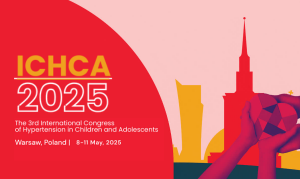June 14, 2006, Madrid, Spain – A study set in everyday clinical practice in France showed, perhaps surprisingly, high achieved blood pressure control rates with first-line combination therapy.
The OPTIMAX study was presented today at the 16th European Meeting of Hypertension in Madrid, Spain byJ.J. Mourad, MD, from the Avicenne Hospital and Paris XIII Universit.
Although the effect on physician behavior could not be ruled out, the investigators concluded that the results confirm the role of first-line, fixed-dose combinations set in the 2003 ESH-ESC guidelines.
In the 18,298 hypertensive patients, the drop-out rate was less than 20% at 6 months and side effects were minor. Baseline blood pressures were less than 162/94 mmHg, and 19% had diabetes.
The patients were randomized to 1 of 3 treatment groups: Initiation (first-line combination therapy in untreated patients, n=7162); Substitution (optimization of treatment for patients not controlled or having side effects, n=7578); Addition (treatment optimization in treated by partially controlled patients for whom combination therapy was added to previous therapy, n=3558). The patients in the Addition group were older and more had diabetes and left ventricular hypertrophy (36%, compared to 9% in the Initiation group and 22% in the Substitution group).
Nearly 70% of patients achieved normalized blood pressure levels in the Initiation group, 67% in the Substitution group, and 64% in the Addition group. Overall, 67% of patients achieved blood pressure below 140/90 mmHg.






